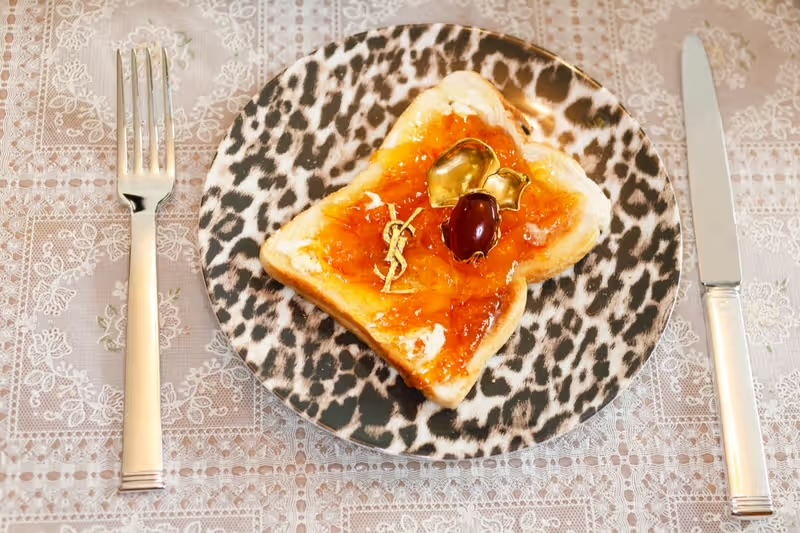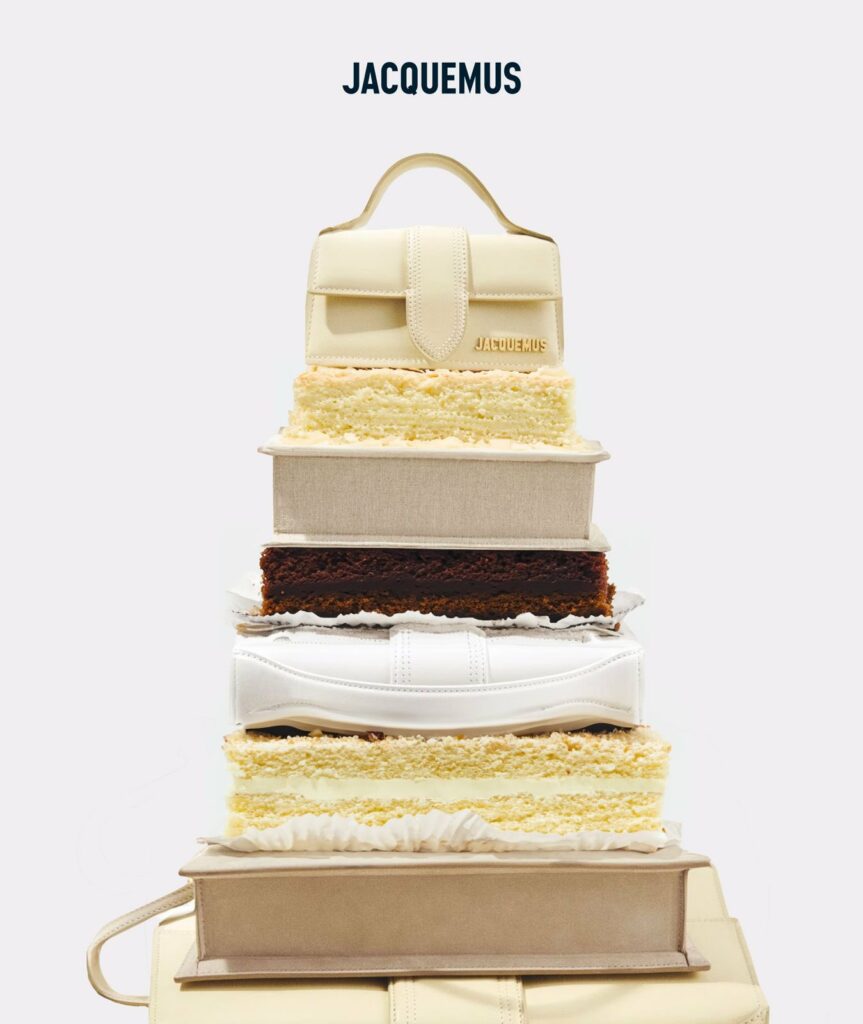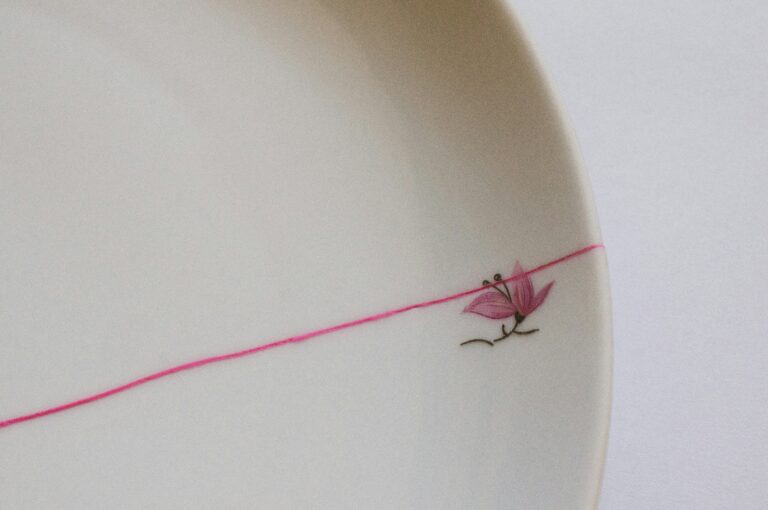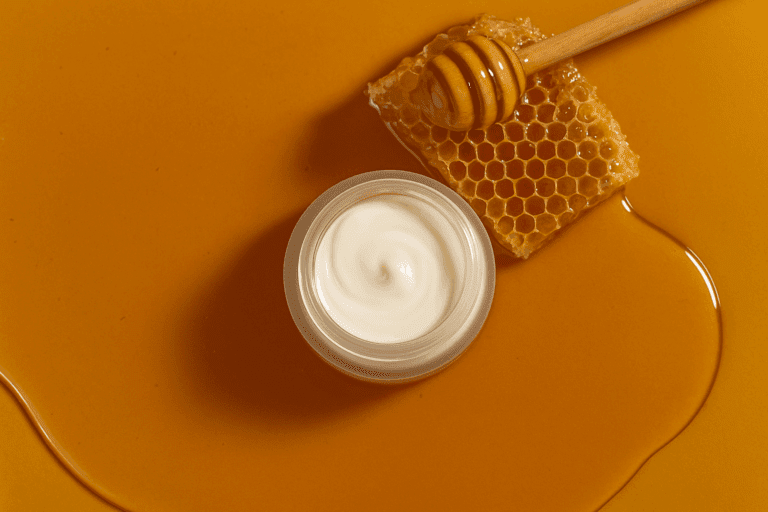What do glazed doughnuts, sticky blueberries, and syrupy pancakes have to do with with beauty and fashion? Food imagery in beauty has become the visual code that brands use when they want us to crave.
The appetite signals have been simmering for a while, as the tone was already set in 2025 with pantone’s colour of the year: Mocha Mousse (see article).
Beauty & Fashion that look good enough to eat
Take Rhode’s lip gloss, photographed like icing dripping off a fresh cake. Or Glossier’s Black Cherry balm, styled so juicy you could almost taste it. Summer Fridays’ mask positioned as a comforting cup of hot chocolate.
They are pretty pictures for sure but for most of us, they’re yummy traps. They invite you to imagine flavour, texture, indulgence. They get past rational thought and go straight to the senses (System 1 bullying System 2).
Fashion houses are borrowing the same tricks. Skims staged a diner fantasy, with milkshakes and syrupy pancakes spelling out SKIMS in butter. Jacquemus has made cakes and butter part of his visual love language and Yves Saint Laurent’s “Ordinary day” mixed appetite with luxury.
I personally devour the mood.




Why does it work ?
The psychology of craving is in play here. Food is a first need and it’s emotional. We’re wired to respond. It’s the same instinct that makes me stop dead at the smell of a croissant at 8am, even when I swore, I’d eat healthy. Neuromarketing studies confirm that visual food cues light up the same areas associated with pleasure. See sugar or frosting and your brain practically tastes it (mine certainly does…sweet tooth and all 😉 ).
Which is why one sticky drizzle on a product can make it feel indulgent, tactile, and desirable. This is multisensory marketing : The visual becomes taste, touch, smell, and fantasy all at once.
What about personal care brands ?
Personal care brands were some of the first to lean into edible codes. Think of the iconic chocolaty ad for Axe Dark Temptation and more recently Sundaebody with its glazed donut bodywash. What beauty and fashion have done is amplify and re-style those same codes in a more visual-first, Instagram-ready way. Where FMCG used edible cues to suggest flavour and scent, beauty & fashion use them to suggest texture and pleasure.

The AI Layer
Expect more hyperreal food illusions, beauty shot like patisserie, fashion staged like banquets, often with AI’s hand in the mix. AI is now shaping the cherry, amplifying the gloss, pushing colours beyond nature. It makes food look surreal, perfect, impossible.
Appetite isn’t universal: Cultural Codes matter
Here’s the catch though: food imagery isn’t read the same way everywhere. A cherry gloss in France might signal sensuality. In England, it can lean more suggestive. A baguette can feel chic in Japan, but tiredly cliché in France.
And when brands really get it wrong, the results are brutal. Despite their ultra-respect for culture (read article), Dolce & Gabbana’s infamous chopsticks ad in China sparked outrage because cultural codes were mishandled. Food is a universal language, but the dialects matter.
The sharpest brands borrow these appetite cues but also adapt them, ensuring the imagery resonates locally without losing its flavour.



